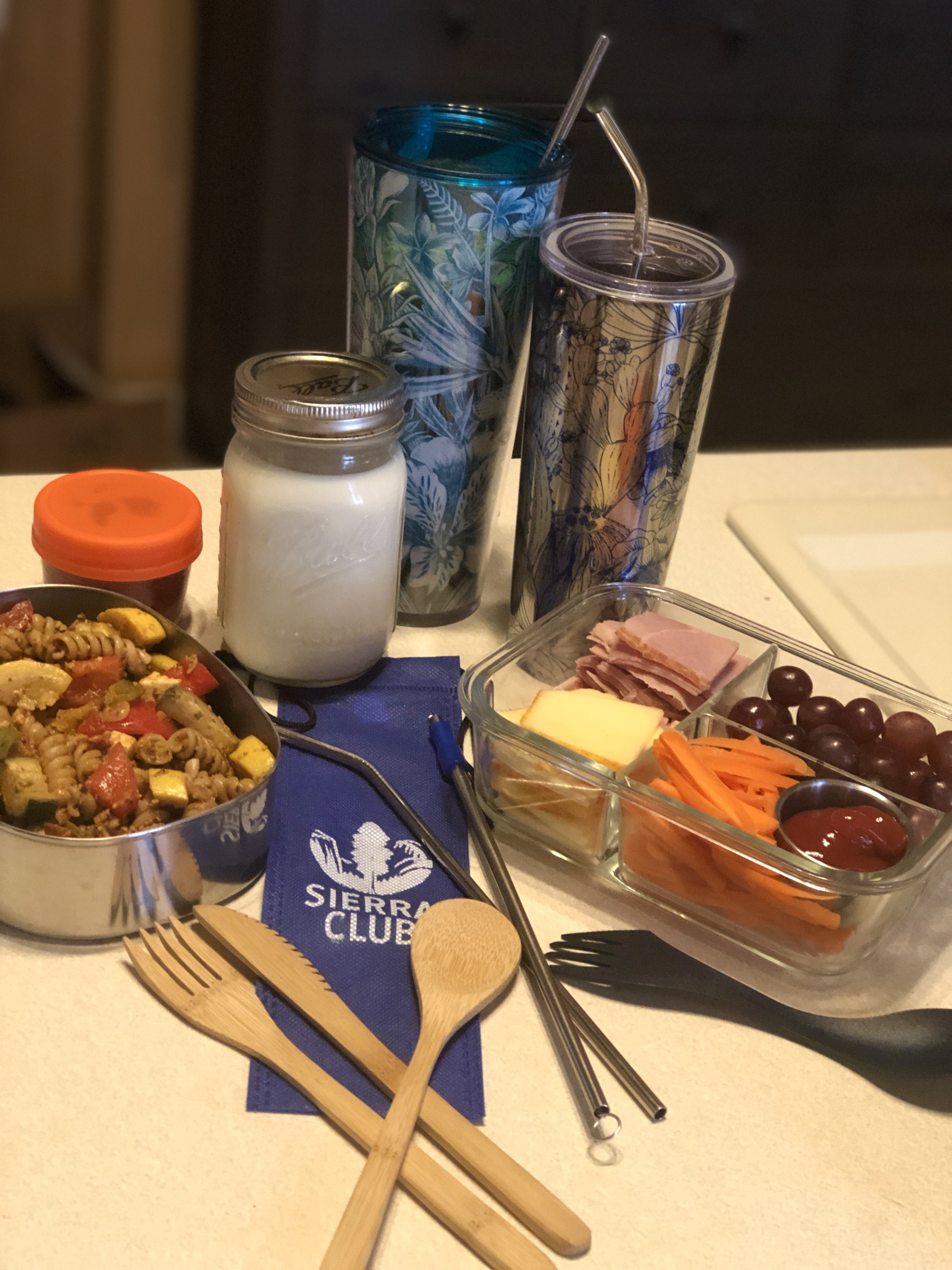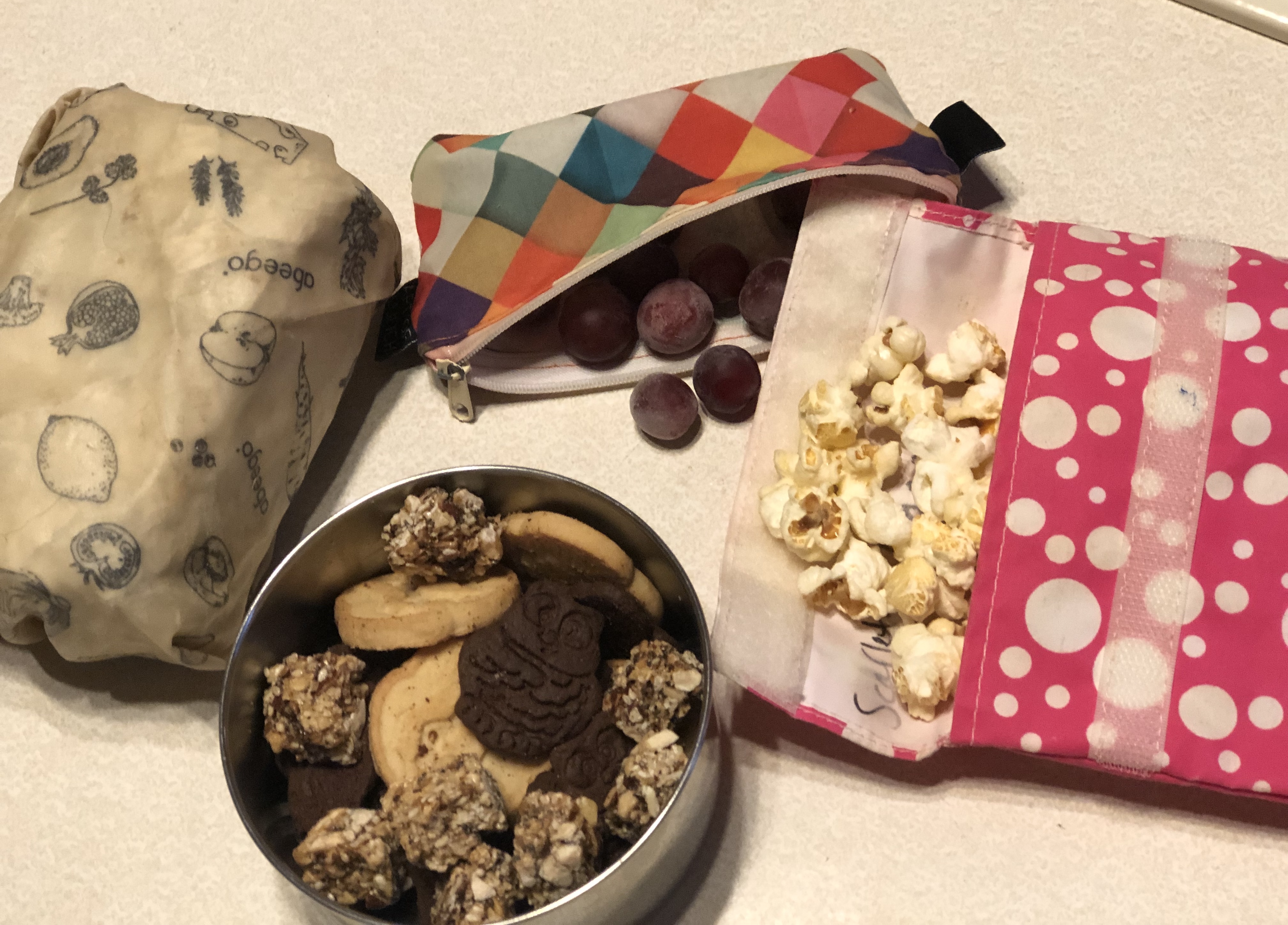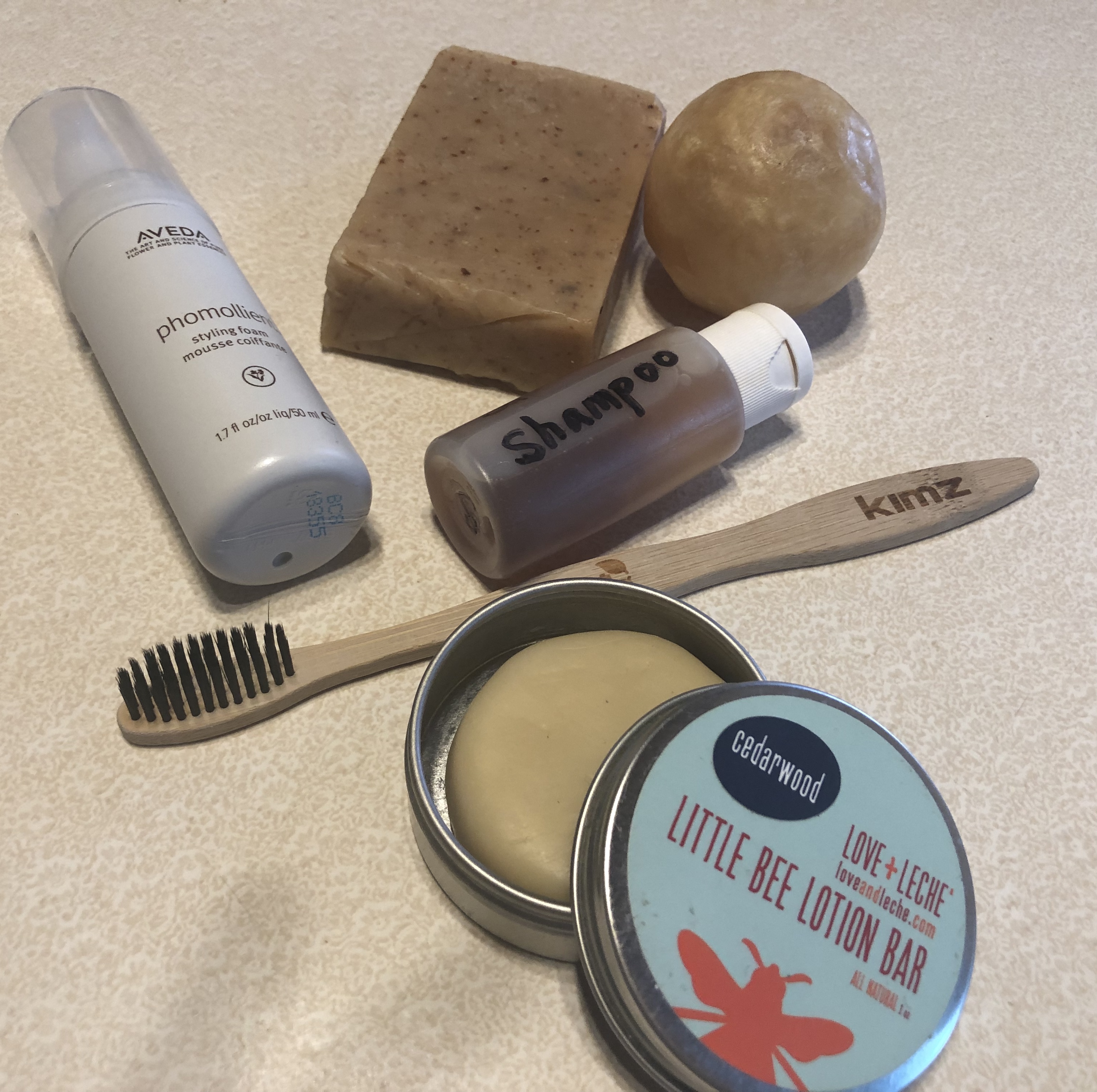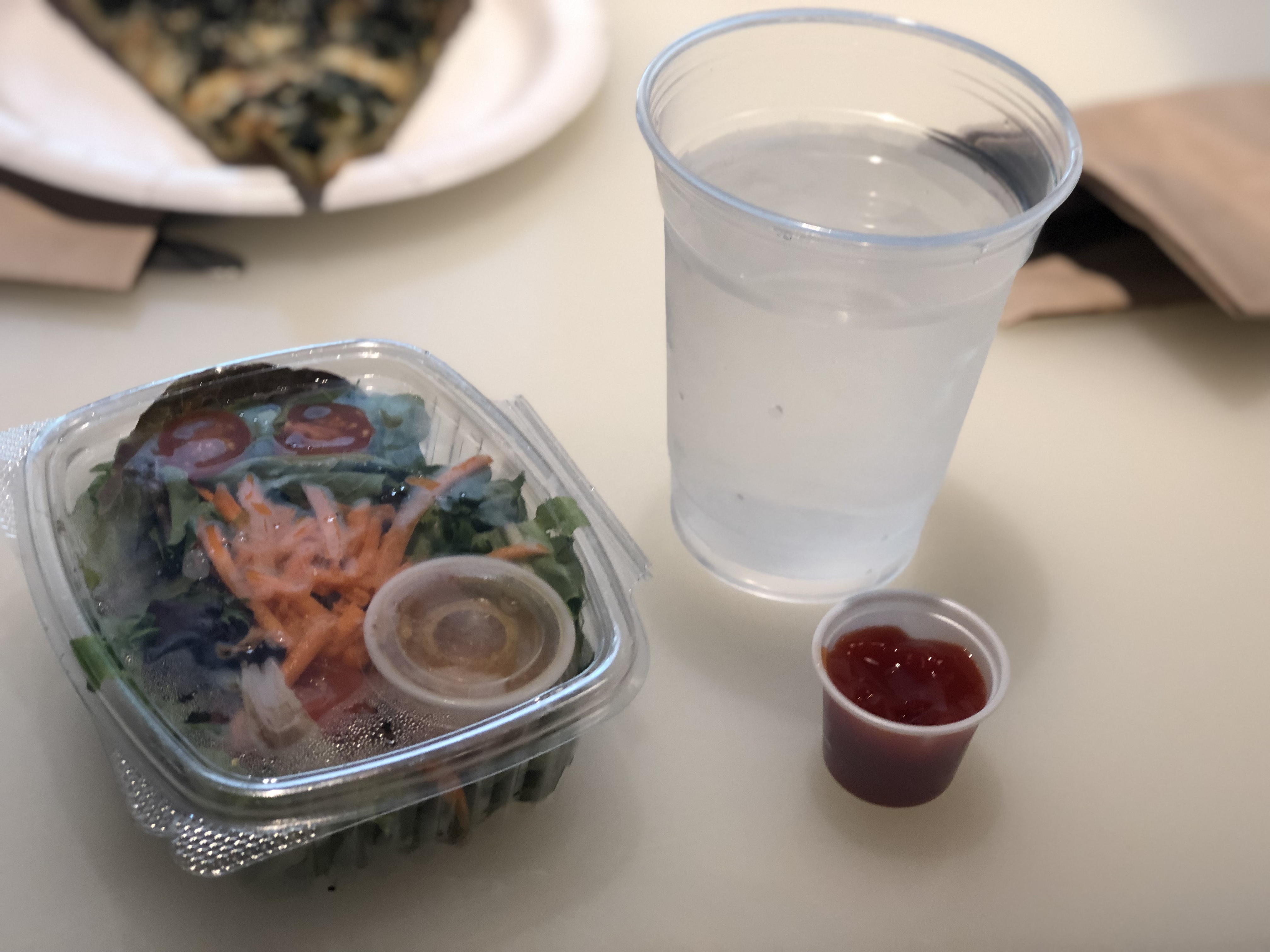By Elissa Yoder Mann, Conservation Program Manager
I originally shared this blog in 2019 after a family trip to Chicago. From a young age I have always enjoyed exploring the world, learning about new cultures and meeting new people. 2020 was challenging for many reasons, not feeling safe to travel as I wish was at the top of the list. I am reposting this blog as many of us are slowly entering back into society after the Covid-19 global pandemic, and we will need to ignite our plastic-free traveling skills. Where ever you feel comfortable traveling this year, if it is your backyard or the other side of the planet, I hope you can incorporate some plastic-free habits. In July 2020 we posted
a blog covering the safety of using reusable items during the pandemic, please review the science so you can make the best decision for you and your family.
Original post July 8, 2019
Many of us are already taking steps to reduce waste when at home, but what about when we’re traveling? Travel tends to invite single-use items such as disposable food containers, plastic utensils, and snack wrappers. You can easily find yourself in a long line for coffee only to be told by the barista reusable cups are not allowed. My point is: mistakes will happen, your traveling adventure won’t be perfect, but it’s worth the challenge. Our family commitment to reduce plastic on the road wasn’t a long stretch from our daily lives, but it did require more preparation.
Don’t forget your reusables!
Staying hydrated is a must when traveling during the summer. Investing in a quality water bottle and coffee mug is a no-brainer for reducing plastic. But don’t forget to pack the other items you use daily to reduce plastic waste: reusable shopping bags, produce bags, utensils, and metal straws. Luckily these items don’t take up much space and are must-haves for traveling (and everyday life).
Pack your own meals and snacks.
Packing your lunch not only reduces your plastic waste, but is typically healthier and less expensive than eating on the go. The day before vacation I like to grill any vegetables that I know will spoil before our return. I add pasta to the veggies, coat with pesto, or whatever you have laying around, and the result is a tasty lunch for the road. When traveling with kids, having many accessible snacks are a must. I love these cloth reusable snack bags. We purchased these in preparation for kindergarten, and five years later our soon-to-be fifth grader is still using the same bags!


Skip the hotel toiletries! Instead of relying on the plastic toiletries provided by the hotel, opt to bring your own. When traveling by car it is easy to throw your full-sized bottles of shampoo, conditioner, toothpaste, etc. into your suitcase.

Traveling by plane can be a bit trickier -- consider switching to solid bars of shampoo and lotion so you won’t need to worry about spills. For items that don’t come in solid form, I bring along my TSA-approved 2 oz. reusable bottles. Skip the plastic travel toothbrush, bring along your full-size bamboo toothbrush instea
It’s OK to opt-out.
Don’t be afraid to say no to plastic items. I often preface my refusal with a quicky mantra: I’m trying to reduce my plastic waste, I don’t want a straw. I have noticed adding this little bit of information is very effective, instead of coming across as a picky customer, you are now viewed as an eco-conscious warrior. It's a slow shift, but collectively we can all create less demand for plastic straws if we say 'no thanks' to the often unnecessary single-use plastics item.
Choose restaurants wisely.
My family and I are pretty good about telling the wait staff in advance that we don’t want straws, but there are always those moments we forget or the wait staff bring the items out of habit. Dining-in and avoiding take-out is the easiest way to reduce plastic waste in restaurants.
We ate lunch at a food hall in Chicago, I picked this restaurant because it was near the Shedd Aquarium and it exclusively uses reusable silverware and flatware. Unfortunately, we still ended up with plastic items at lunch. This was our biggest fail during the trip.
Identify areas of improvement. Upon reflecting on our vacation, my family and I gave ourselves a letter grade of B. We were quite successful in many regards, but there is still room for improvement. Next time I travel my goal is to bring cloth napkins. We exclusively use cloth at home, but haven’t transitioned on the road. Check back in with me in six months to see if we are successful!
Don’t get overwhelmed.
Remember, this is a journey to a plastic-free life, not a sprint. You will encounter moments of success, challenges, and failures. This list may feel overwhelming to some, you don’t have to make all of these changes at once. Any effort you make to reduce your waste while traveling is fantastic. Small changes add up to a big, positive impact, so do the best you can and have fun with it.
See you on the road! Elissa Yoder Mann
elissa.yoder@sierraclub.org


 Traveling by plane can be a bit trickier -- consider switching to solid bars of shampoo and lotion so you won’t need to worry about spills. For items that don’t come in solid form, I bring along my TSA-approved 2 oz. reusable bottles. Skip the plastic travel toothbrush, bring along your full-size bamboo toothbrush instea
Traveling by plane can be a bit trickier -- consider switching to solid bars of shampoo and lotion so you won’t need to worry about spills. For items that don’t come in solid form, I bring along my TSA-approved 2 oz. reusable bottles. Skip the plastic travel toothbrush, bring along your full-size bamboo toothbrush instea
